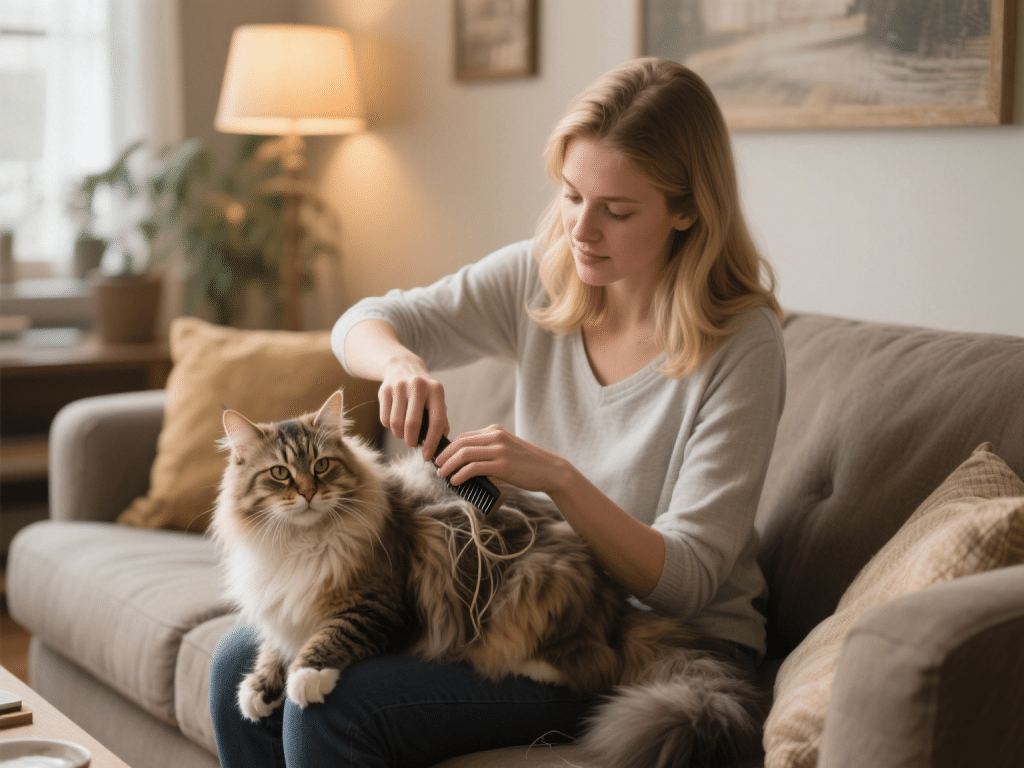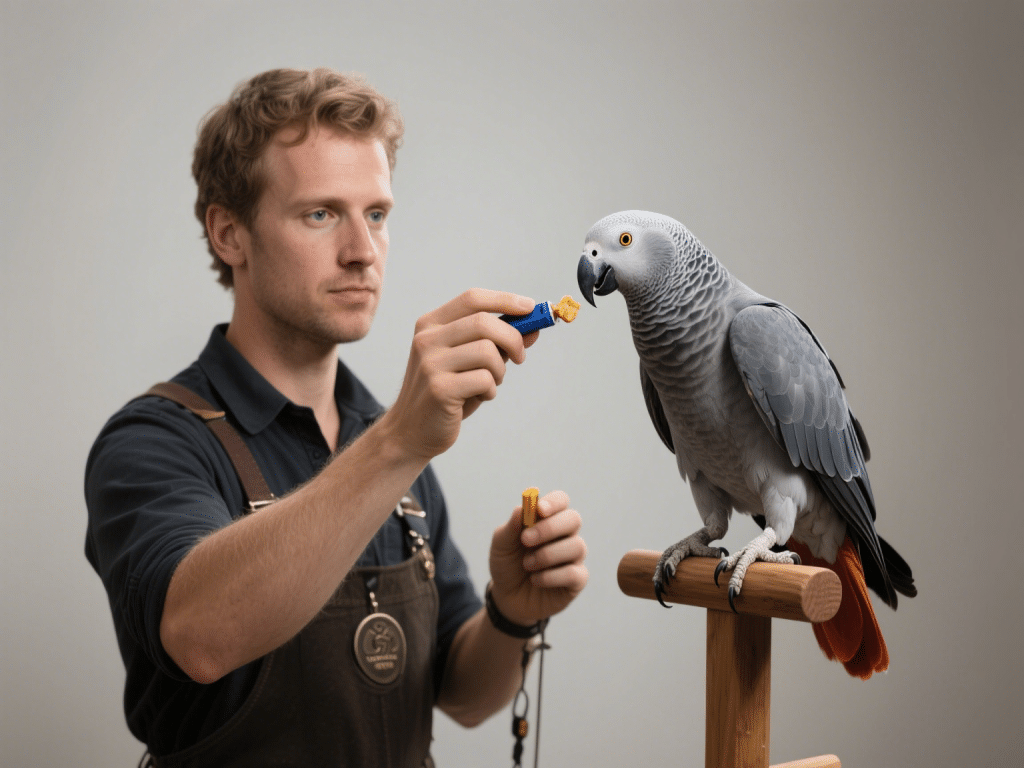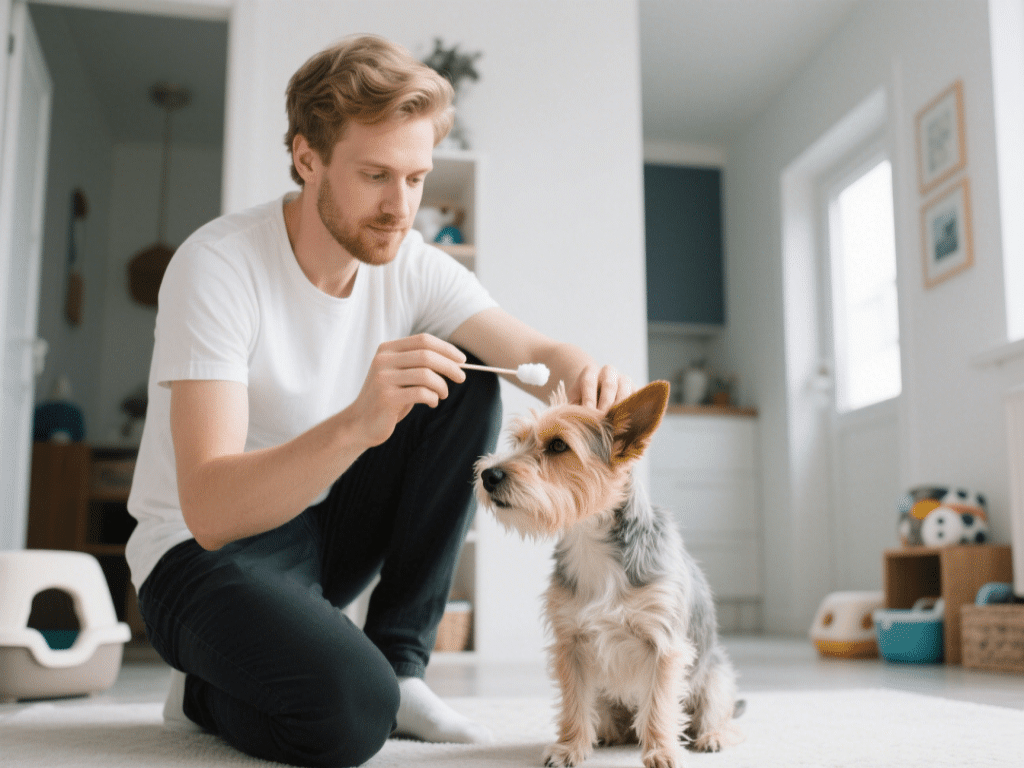
Cat Grooming: How to Safely Remove Mats and Tangles
Long-haired and semi-long-haired cats enchant us with flowing coats—but mats and tangles...

African Grey parrots are renowned for their intelligence and curiosity—but without proper mental stimulation, they can develop behavioral issues. Drawing on my decade as a certified avian trainer, here’s a progressive, three-phase positive-reinforcement plan to teach reliable cues and strengthen your bond.
Introduce the Clicker: Sit calmly near your parrot; click the device, then immediately offer a favored treat (e.g., sunflower kernel). Repeat until the grey looks expectantly at the click, associating it with reward.
Establish Safe Space: Use a designated training perch free from distractions—consistency fosters focus.
Target Stick Introduction: Present a 6″ dowel; click and treat each time the bird touches it with its beak.
Shaping Behavior: Once consistent, move the target farther or to new positions—encourage stepping up, turning, or simple tricks.
Experience Tip: In my sanctuary, parrots learned the “step up” cue within three sessions when target training preceded traditional hand-taming.
Verbal Cues: Pair clear words (“step up,” “wave”) with the clicker and treat sequence. Always click at the exact moment of correct behavior.
Chaining Actions: Link two simple behaviors—e.g., “wave” then “step up”—to build complex routines. Increase criteria gradually to maintain motivation.
Lack of Motivation: Rotate high-value treats; even small pieces of fruit can renew interest.
Distraction: Shorten sessions to 2–3 minutes and train multiple times a day rather than one long session.
Stress Signals: Puffed feathers or hissing indicate it’s time to pause and return later.
By employing these structured, reward-based methods, you’ll cultivate a parrot who eagerly participates in training, reducing unwanted behaviors and enhancing communication. The result? A joyful, mentally enriched African Grey that greets you with polished manners—and perhaps even a perfectly timed wave.

Long-haired and semi-long-haired cats enchant us with flowing coats—but mats and tangles...

Every dog deserves outdoor time, but letting your pup roam freely comes with risks — fro...

IntroductionProper hydration is essential for pet health—kidney function, digestion, and...

Introducing your puppy to other dogs is a critical step in raising a well-adjusted, confid...

IntroductionCats are naturally low-thirst animals, descended from desert-dwelling ancestor...

IntroductionBringing a new puppy into a household that already has cats can be rewarding b...
Comments on "Positive Reinforcement Training for African Grey Parrots" :